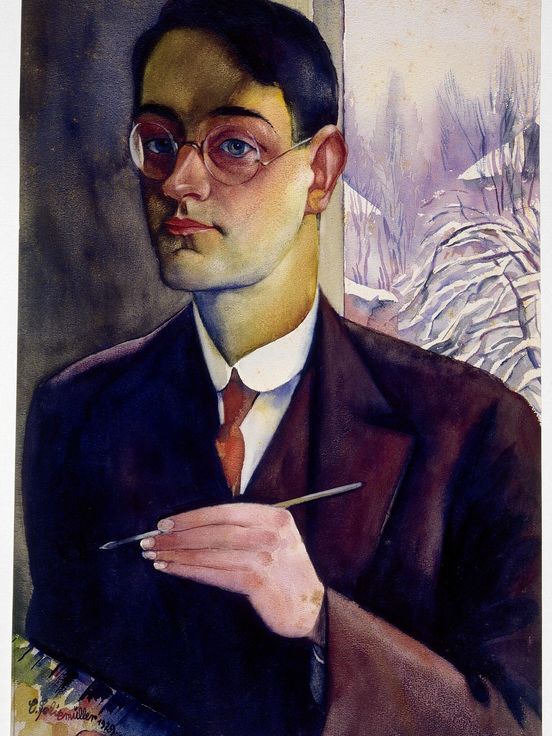The exhibits
Self-portraits are a constant thread in the work of Conrad Felixmüller and they illustrate his artistic development from an Expressionist style towards clear forms. From the 1920s, Felixmüller made many distinguished portraits of intellectuals and collectors such as Carl Sternheim and Max Liebermann. These big woodcuts rank as highlights in his printed oeuvre.
In 1920 Felixmüller was awarded the Saxon State Prize. This usually entailed a two-year sojourn in Rome, but the artist chose instead to spend a lengthy period in a working-class setting in the Ruhr area. The works he made there cast a critical eye on society, illustrating the often precarious working and living conditions of the proletariat, and some of these are on display.
Another section of the exhibition features landscapes and cityscapes. In 1944, after his studio home in Berlin suffered bomb damage, Felixmüller moved to Tautenhain in provincial Saxony. The artist took a great interest in village and rural life and captured this in many of his prints. In 1961 he came to Berlin, turning increasingly to urban motifs in the final years of his creative career.
